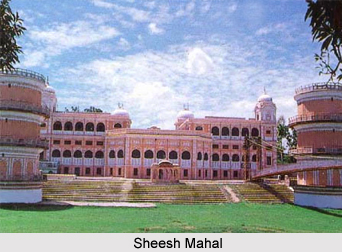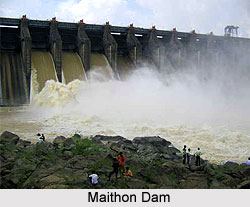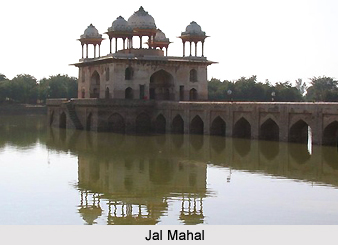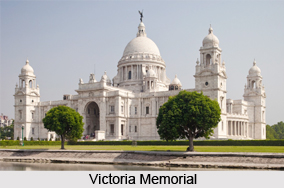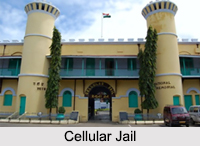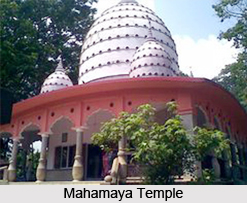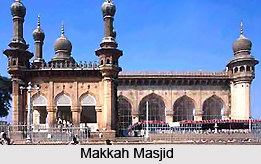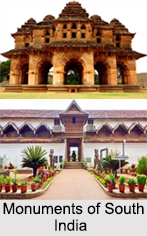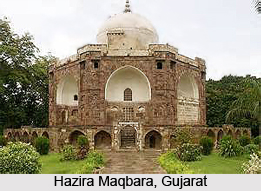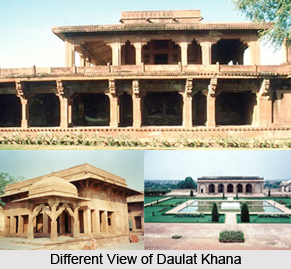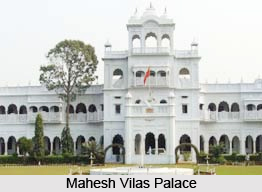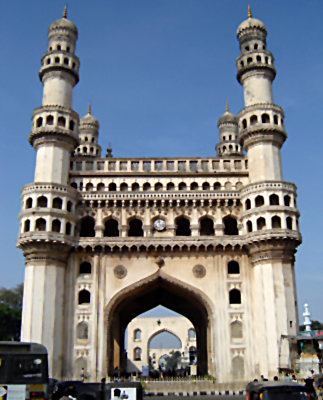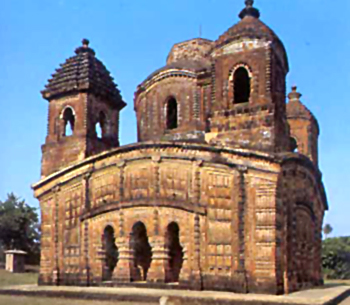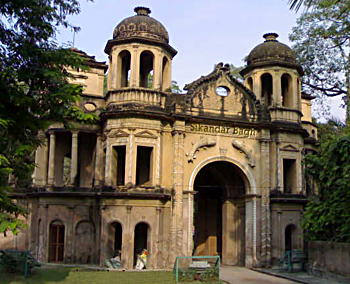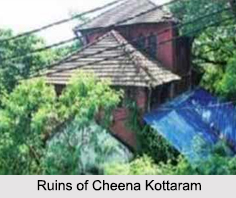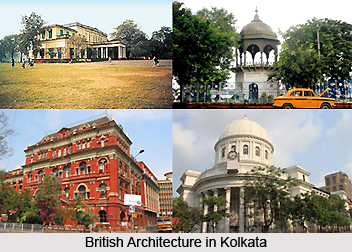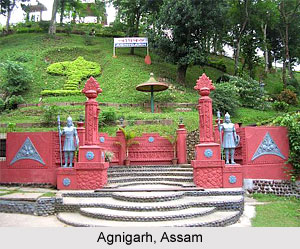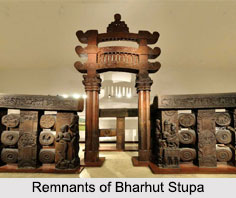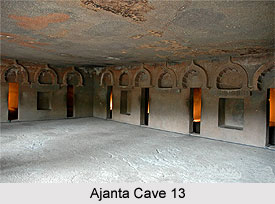 Ajanta Cave 13 is already a popular place for frescoes and intricate designs. As already noted, this small monastery belongs to the earlier complex. Its front, however, has perished with time and bad weather condition.
Ajanta Cave 13 is already a popular place for frescoes and intricate designs. As already noted, this small monastery belongs to the earlier complex. Its front, however, has perished with time and bad weather condition.
The astylar hall has seven cells on three sides, each provided with two stone beds; one cell has raised stone pillows as well. The cells, like those of Ajanta Cave 12, are so narrow that it is quite likely that they only served as dormitories. There is no trace of the cave having ever been painted.
This article is a stub. You can enrich by adding more information to it. Send your Write Up to content@indianetzone.com
